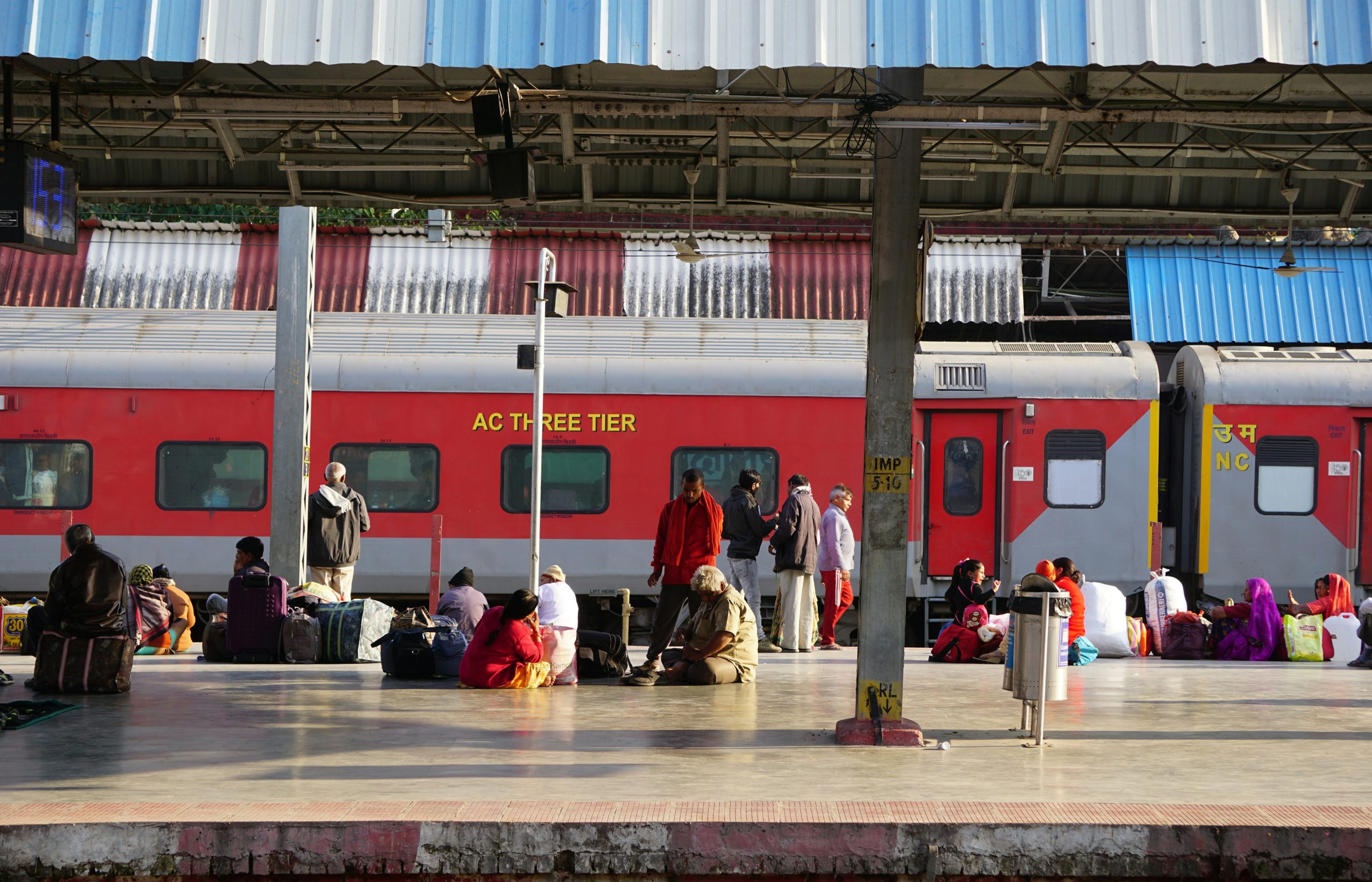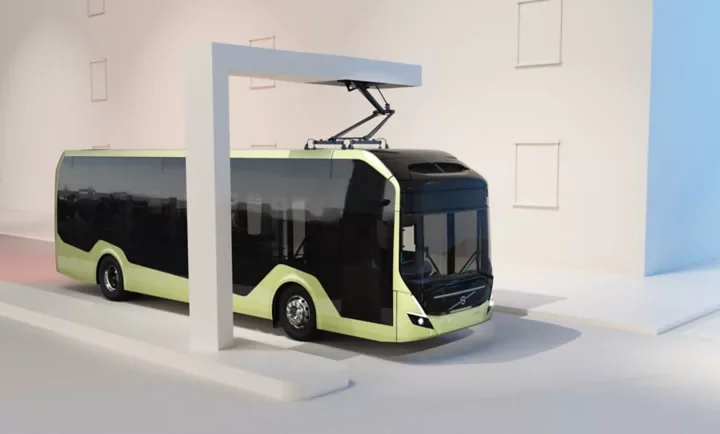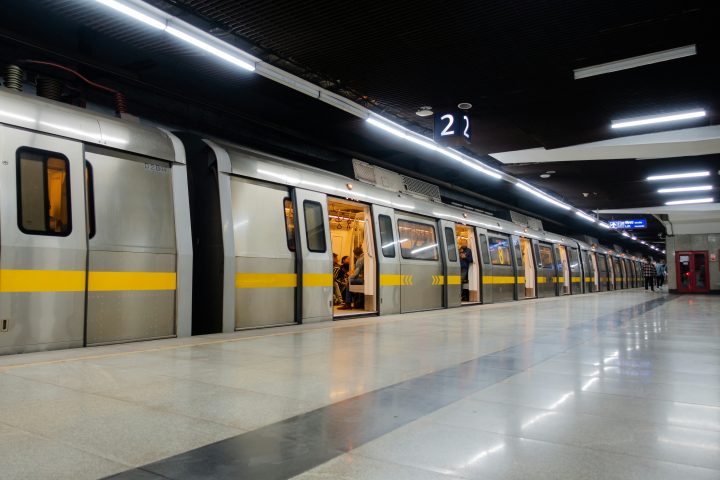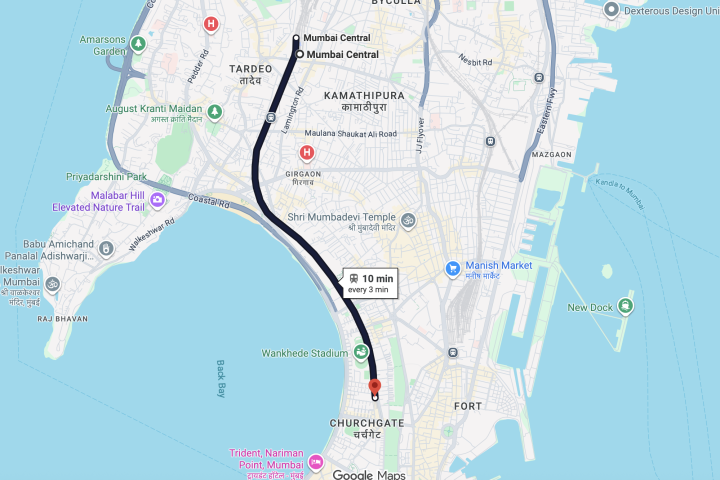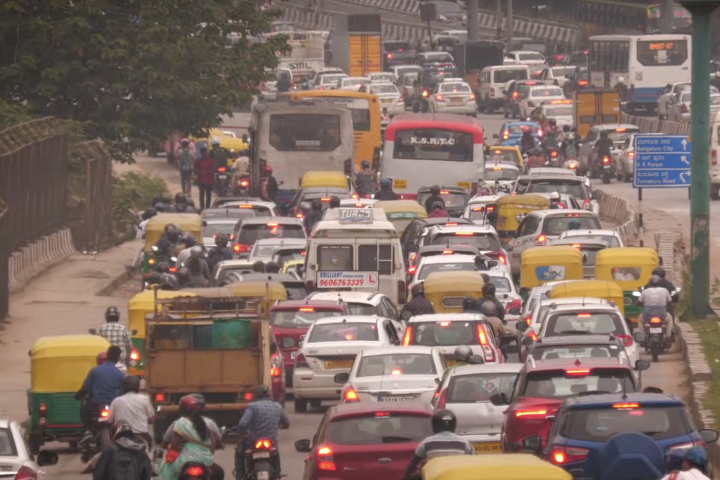India’s vast railway network is a lifeline for millions, connecting the country’s farthest corners with unparalleled efficiency. Yet, its operations often get mired in non-core priorities, one of which is food service.
The Indian Railways invests a significant amount of energy, resources, and effort in preparing, serving, and maintaining the quality of meals onboard trains. While this may seem like a gesture of hospitality, it raises the question: Is this the best use of resources for a system already stretched thin?
A closer look at how food is handled in European railways and the Indian aviation sector offers valuable lessons on efficiency, practicality, and prioritization.
The Food Conundrum: Indian Railways’ over-commitment
Indian Railways goes to great lengths to provide full-course meals, snacks, and beverages to passengers across various classes. Catering services are operated through both onboard kitchens and pre-packed meal systems, attempting to meet diverse preferences and dietary requirements.
While the intentions are noble, the execution often leaves much to be desired. Complaints about food quality, hygiene, and delays in service are common, despite significant resources dedicated to catering.
Key Issues with Indian Railways’ Food Service
- Compromised Quality: The scale at which food is produced and served often leads to compromised quality. Despite strict guidelines, the standards of hygiene and freshness are frequently criticized.
- High Costs: Operating food services involves expenses on raw materials, preparation, logistics, and staff salaries, all of which add to the Railways’ financial burden.
- Distraction from Core Objectives: Managing food services detracts from the Railways’ primary responsibilities of ensuring safety, punctuality, and efficiency.
- Food Wastage: Due to overproduction or mismatched demand, large quantities of food often go to waste, exacerbating the inefficiency.
The European Approach: Simple, Efficient, and Functional
In contrast, European railways adopt a more practical and streamlined approach to food service. Whether it’s the TGV in France, Deutsche Bahn in Germany, or the Swiss Railways, the focus remains on providing minimal yet satisfactory options, typically in the form of sandwiches, pre-packaged snacks, and beverages. Passengers who want more elaborate meals can buy them at stations or bring their own.
Advantages of the European Model
- Cost Efficiency: By limiting the scope of onboard food services, European railways save on costs related to storage, preparation, and personnel.
- Focus on Core Services: Freed from the complexities of catering, these railways prioritize operational efficiency, safety, and speed.
- Passenger Responsibility: Passengers are accustomed to bringing their own food or relying on simple options, which reduces the dependency on rail operators for full-course meals.
- Sustainability: The minimalistic approach reduces food wastage and environmental impact, aligning with broader sustainability goals.
The simplicity of European railways’ food model demonstrates how services can remain functional without overextending resources. This shift in focus allows rail operators to excel where it truly matters: in ensuring reliable and safe transportation.
Lessons from Indian Aviation: The Paradox of Acceptance
Interestingly, Indian passengers readily tolerate limited food service on domestic flights. Airlines provide small pre-packaged snacks or charge for onboard meals, yet this rarely becomes a contentious issue. This acceptance starkly contrasts with the high expectations for food on trains, where passengers often demand a complete dining experience.
Why Do Passengers Accept Limited Food on Planes?
- Shorter Travel Times: The brevity of most domestic flights reduces the need for elaborate meals.
- Perceived Trade-Offs: Passengers prioritize punctuality and safety over food quality, understanding the logistical limitations of air travel.
- Standardization: Airlines maintain consistent standards, leaving little room for complaints or unrealistic expectations.
The question then arises: Why shouldn’t a similar mindset apply to train journeys? If passengers can compromise on food for flights, they can certainly adapt to a simplified system on trains, especially when the trade-off could lead to improvements in safety and speed.
The Case for Reform in Indian Railways
The Indian Railways operates under significant pressure to meet passenger expectations while managing financial and operational constraints. Reforming its approach to food service could be a game-changer, allowing it to redirect resources to more critical areas.
Potential Benefits of Simplifying Food Services
- Enhanced Safety Measures: With fewer distractions, the Railways can allocate more resources to modernizing infrastructure, training personnel, and implementing safety technologies.
- Faster Trains: Streamlining operations could lead to greater efficiency in scheduling and maintenance, ultimately contributing to faster travel times.
- Improved Cleanliness: Simplified food services would reduce waste generation onboard, making cleanliness more manageable and enhancing the overall passenger experience.
- Financial Savings: Cutting down on catering costs could ease the Railways’ financial burden, enabling investments in better technology and services.
Cultural Shifts: Bridging Expectations
The reluctance to reform food services stems partly from cultural expectations. Food holds immense significance in Indian society, and a hot, hearty meal is seen as a gesture of hospitality. While this sentiment is valid, it’s crucial to balance tradition with practicality. Gradually introducing passengers to the idea of simplified food options could help bridge this cultural gap.
Strategies for Transition
- Pre-Packaged Meals: Start by offering hygienic, pre-packaged meals that are easy to produce and distribute.
- Station-Based Dining: Encourage passengers to purchase meals at stations, where quality and variety can be better maintained.
- Partnerships with Food Chains: Collaborate with established food brands to provide affordable yet reliable options onboard.
- Awareness Campaigns: Educate passengers about how these changes contribute to better travel experiences overall.
